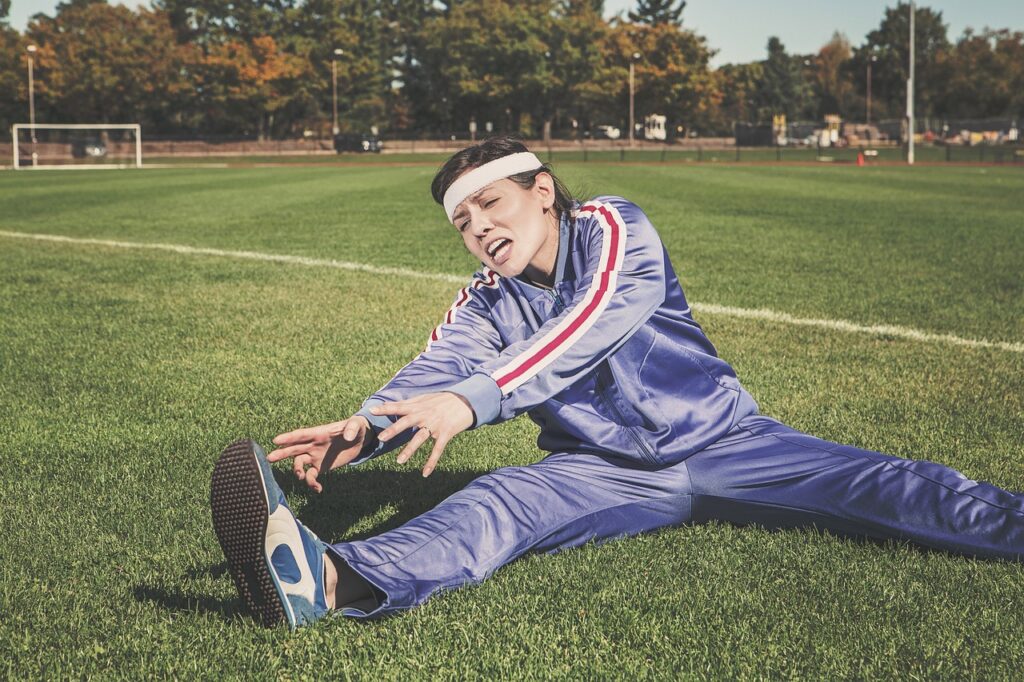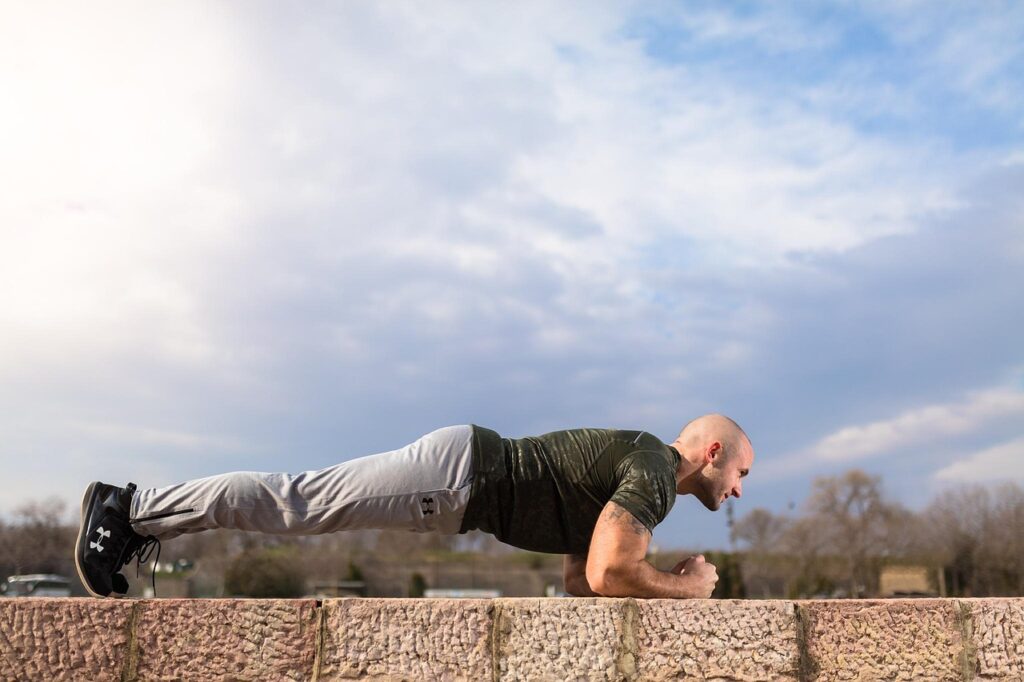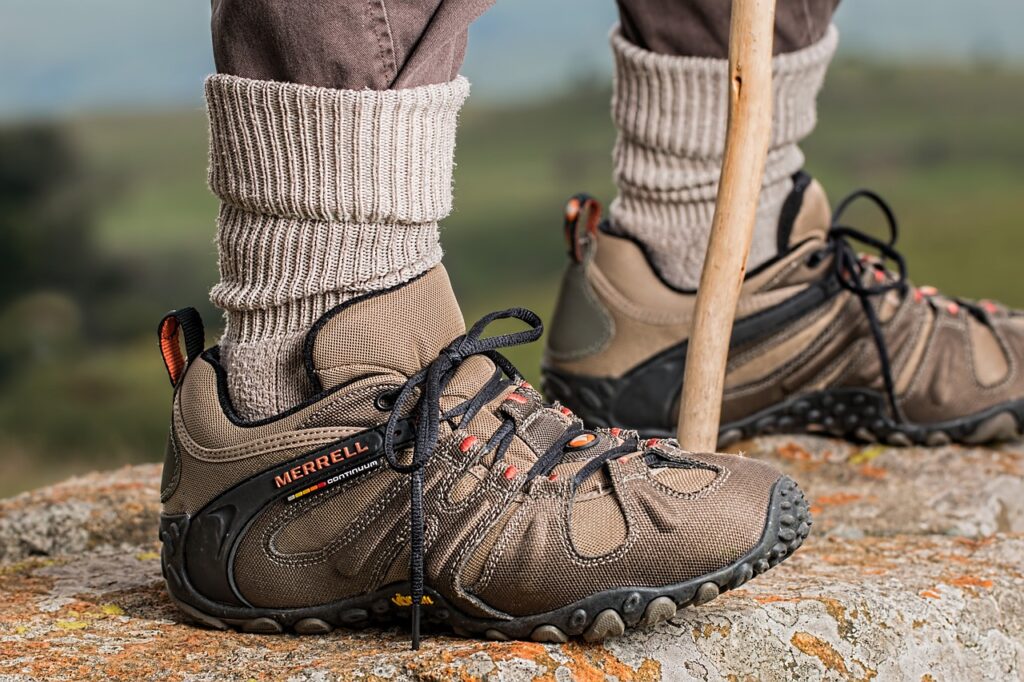Perhaps one of the most overlooked areas of emergency preparedness is health and physical fitness. This discussion is prompted by a recent experience that was both eye-opening as well as embarrassing.
Increase Your Odds Through Physical Fitness
My wife and I recently returned from a camping trip that involved a fair bit of hiking each day. We were car camping, then driving out to nearby parks and such for the most part. One of the first hikes we did was only a few miles, but involved nearly 600 feet of elevation change at the beginning and end. I really struggled with this, far more than I thought I might. The hot and muggy weather wasn’t helping, either. My wife later told me that she genuinely feared I was going to have a heart attack.
It took me a couple of days to recover from that hike, as my thighs and knees were incredibly sore. We did more hiking just about every day of our trip, and many portions of it were difficult for me, far more than they should have been.
My physical fitness has declined in the last few years, due to some health issues as well as complacency and outright laziness if I’m being honest. That needs to change. What good is learning all of these preparedness skills and investing in whiz-bang awesome gear if I stroke out during a simple hike?
The healthier you are, the better able you’ll be to handle stressful situations. And you can’t buy your way to physical fitness. It takes hard work and dedication. While there are many aspects involved with getting into shape, let’s focus in on just a few simple things you can do at home without spending a dime.
Stretching

We all tend to lose some of our flexibility as we age. But that doesn’t mean we need to just shrug and accept it. A big part of physical fitness is being able to withstand injuries. Stretching every day will go a long way in that regard. I put balance exercises into this same category, as there’s a lot of overlap between the two.
Warm up a bit before you stretch. Maybe walk around the house for 5-7 minutes, that sort of thing. You just want to limber up a bit. Breathe through each stretch and hold them for about 30 seconds.
Here are some stretches to incorporate into your routine.
Planking

Planking is a deceptively simple exercise that’s great for overall physical fitness. It looks easy. All you do is get down on the floor and roll onto your belly. Then, raise yourself up on your elbows and toes and stay there. How hard is that?
Yeah, it’s hard. If you’re out of shape, you might struggle after just 10-15 seconds. But work your way up to 30 seconds, and eventually a full minute. Planking strengthens your core and helps with overall balance and coordination.
There are several position variations for planks. You can extend your arms and rest on your hands, like you’re about to do a push-up. There are side planks, one-legged planks, and more. Start simple and develop a good foundation first, then start exploring some of these other options.
Walking

Simply walking every day is an excellent way to improve physical fitness. It helps with weight loss, as well as heart health. Plus, it gets you outdoors. Fresh air and sunshine are rarely bad things for you.
When you’re walking, keep your head up and eyes forward. Don’t stare at your phone. Look at the world around you. Maintain good situational awareness. Your back should be straight. Pump your arms a bit if you’d like.
If the weather is particularly nasty, you can just stay home and walk from room to room. When I was recovering from surgery a couple of years ago, I basically did laps through the house each day. The boredom is lessened by playing music or an audiobook. The point is to find a way to do the work every day, rather than find excuses not to do it.
It’s important to work within whatever health limitations you may have, while also striving to improve your fitness. Meaning, don’t overdo it and put yourself at risk for injury, but at the same time work toward improving your physical fitness and possibly reducing or even eliminating some of those limitations.
Read the full article here













